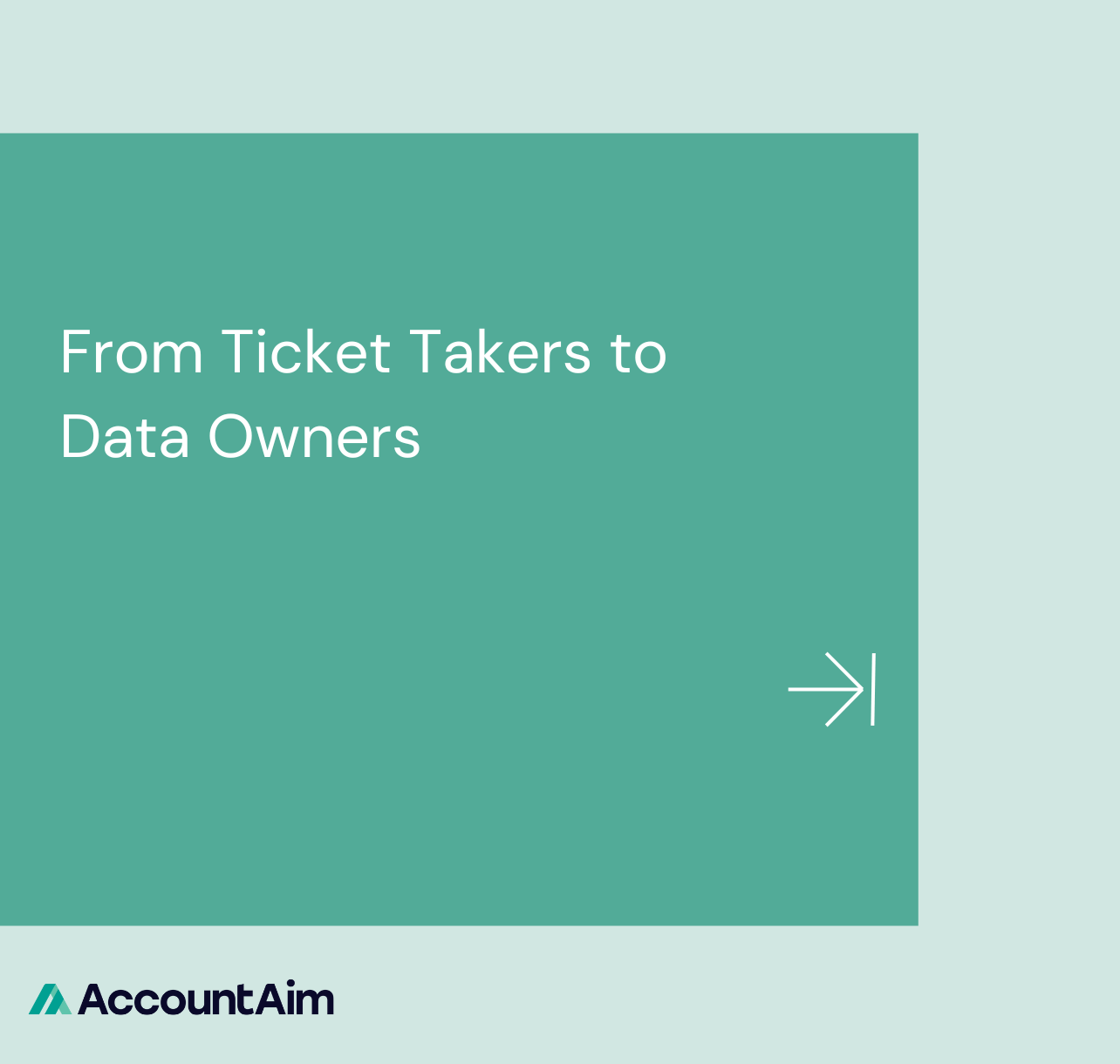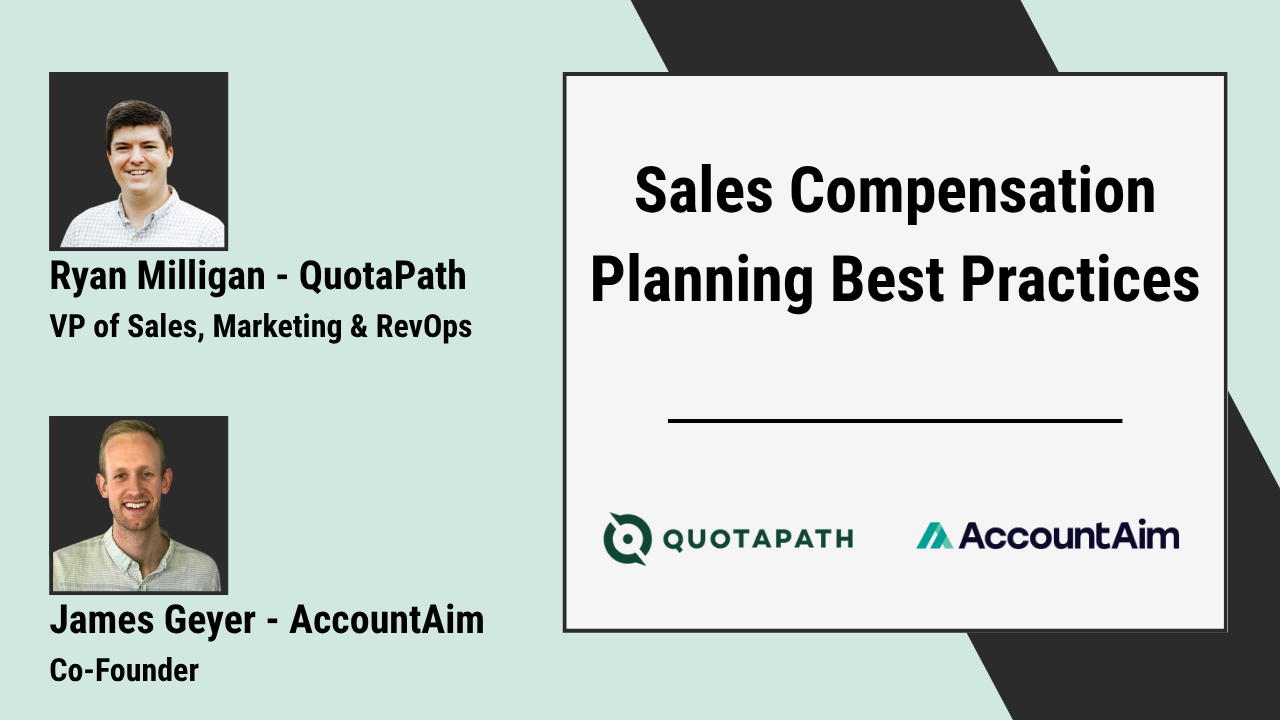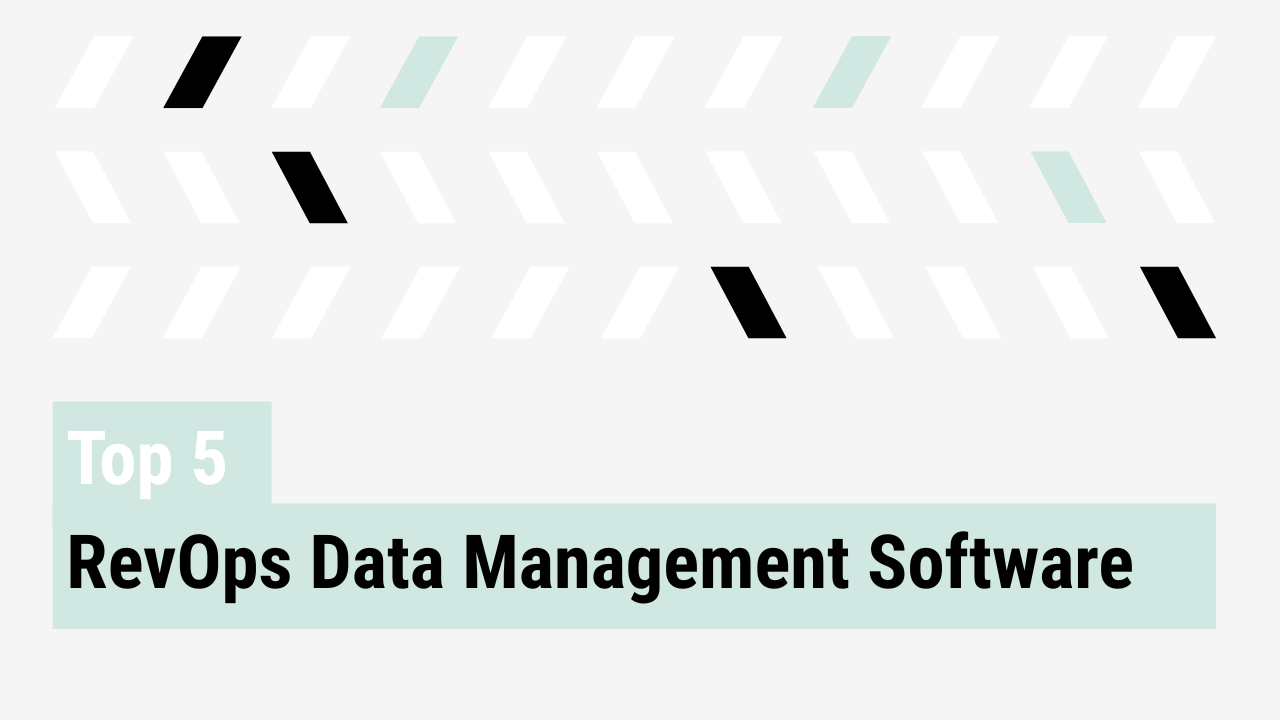Forecasting benefits from structured support alongside human judgment.
Many reps rely on their instincts to forecast, which makes sense. They are, in fact, the ones close to the deals. This approach can lead to inconsistent outcomes. Some reps aim low to protect their targets, while others may commit too early. Managers also have unique tendencies.
Quantitative guardrails support rep judgment by offering useful context.
Step 1: Set stage-based win rates
Use historical win rates from the past four quarters, broken down by stage. If data volume allows, segment by customer size (SMB, MM, ENT) and source (inbound vs. outbound).
Example:
- Stage 2: 18%
- Stage 3: 32%
- Stage 4: 61%
- Stage 5 (Proposal): 84%
These benchmarks act as confidence modifiers to guide forecasting decisions.
Apply guidelines such as:
- Flag a Stage 2 opportunity in “Best Case” for review.
- Investigate Stage 4 opportunities with below-average win rates for missing components (e.g., executive contact, mutual action plan).
Step 2: Add risk scoring inputs
Incorporate behavioral signals that suggest increased risk:
- Last activity date > 10 days
- No access to economic buyer
- No calendar invites in the past 14 days
- No mutual action plan
Scoring models can be created (+5 for recent activity, -10 for no EB access) or label-based thresholds can be used such as:
- “High Risk Commit”
- “Healthy Best Case”
- “Ghost Pipeline”
These can be implemented with calculated fields in a CRM or with tools like AccountAim.
Step 3: Compare model forecast vs. human forecast
Effective GTM teams review rep-submitted forecasts alongside modeled predictions.
Example format:
| Rep Forecast | Model Forecast | Variance | Risk Level |
| $120K | $97K | -$23K | Medium |
| $85K | $88K | +$3K | Low |
| $160K | $111K | -$49K | High |
This analysis helps uncover trends:
- Consistent over-forecasting by a rep
- Specific segments showing higher variance
- Gaps in the model compared to team insights
These findings inform coaching and model improvement.
Step 4: Surface variance in forecast calls
Make the model vs. human forecast comparison a visible part of forecast meetings.
“This opportunity is in Commit, it’s 14 days stale, has no MAP, and Stage 3 win rates are 32%. Should it move to Best Case instead?”
These discussions help teams develop consistent standards and clearer judgment. Forecast accuracy improves through shared understanding and practice.
Forecasting without quantitative guardrails is just guessing
Structured context supports better decision-making.
Introduce these guardrails.
Score the pipeline.
Make forecast variances visible.
Build a system that consistently supports sound forecasting practices.
Learn More
See all six steps to a trusted sales forecasting framework in this blog post.



